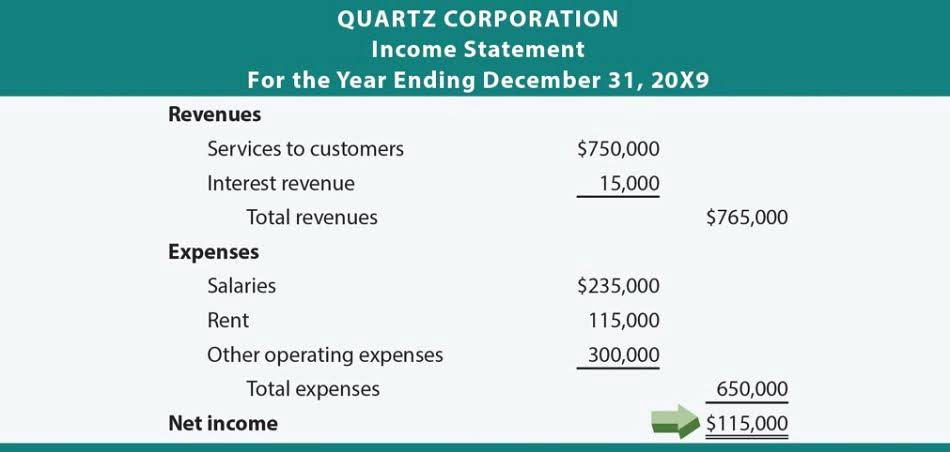FIFO and LIFO aren’t your only options when it comes to inventory accounting. Yes, ShipBob’s lot tracking system is designed to always ship lot items with the closest expiration date and separate out items of the same SKU with a different lot number. ShipBob is able to identify inventory locations that contain items with an expiry date first and always ship the nearest expiring lot date first. If you have items that do not have a lot date and some that do, we will ship those with a lot date first. Ecommerce merchants can now leverage ShipBob’s WMS (the same one that powers ShipBob’s global fulfillment network) to streamline in-house inventory management and fulfillment. For brands looking to store inventory and fulfill orders within their own warehouses, ShipBob’s warehouse management system (WMS) can provide better visibility and organization.
Create a free account to unlock this Template
With this remaining inventory of 140 units, the company sells an additional 50 items. The cost of goods sold for 40 of the items is $10, and the entire first order of 100 units has been fully sold. The other 10 units that are sold have a cost of $15 each, and the remaining 90 units in inventory are valued at $15 each, or the most recent price paid. Businesses using the LIFO method will record the most recent inventory costs first, which impacts taxes if the cost of goods in the current economic conditions are higher and sales are down.
The FIFO method’s applicability and benefits can vary significantly across different industries. Each sector has unique inventory characteristics and requirements that influence how FIFO is implemented and its effectiveness. By examining specific examples of FIFO in various industries, we can better understand its practical applications and advantages.
Implementing FIFO in Your Business
This requires meticulous record-keeping to ensure that the oldest costs are used first. By assigning the oldest costs to COGS, FIFO typically results in lower COGS during periods of rising prices. However, during periods of declining prices, FIFO may result in higher COGS and lower profitability.
What is the FIFO method?
FIFO is required under the International Financial Reporting Standards, and it is also standard in many other jurisdictions. On the basis of FIFO, we have assumed that the guitar purchased in January was sold first. The remaining two guitars acquired in February and March are assumed to be unsold. In a period of inflation, the cost of ending inventory decreases under the FIFO method.
His work has been featured in outlets such as Keypoint Intelligence, FitSmallBusiness and PCMag. Jeff is a writer, founder, and small business expert that focuses on educating founders on the ins and outs of running their business.
In the FIFO Method, the value of ending inventory is based on the cost of the most recent purchases. Therefore, the value of ending inventory is $92 (23 units x $4), which is the same amount we calculated using the perpetual method. The inventory balance at the end of the second day is understandably reduced by four units. In accounting, First In, First Out (FIFO) is the assumption that a business issues its inventory to its customers in the order in which it has been acquired. We recommend consulting a financial expert before making any decisions around inventory valuation. The FIFO and LIFO methodologies are polar opposites in inventory accounting.
However, it is more difficult to calculate and may not be compliant under certain jurisdictions. It may also understate profits, which can make the business less appealing to potential investors. Here’s a summary of the purchases and sales from the first example, which we will use to calculate the ending inventory value using the FIFO periodic system.
All 80 of these shirts would have been from the first 100 lot that was purchased under the FIFO method. To calculate your ending inventory you would factor in 20 shirts at the $5 cost and 50 shirts at the $6 price. So the ending inventory would be 70 shirts with a value of $400 ($100 + $300). First in, first out (FIFO) is an inventory method that assumes the first goods purchased are the first goods sold. This means that older inventory will get shipped out before newer inventory and the prices or values of each piece of inventory represents the most accurate domestic partner estimation. FIFO serves as both an accurate and easy way of calculating ending inventory value as well as a proper way to manage your inventory to save money and benefit your customers.
- This means that the business’s oldest inventory gets shipped out to customers before newer inventory.
- Susan started out the accounting period with 80 boxes of vegan pumpkin dog treats, which she had acquired for $3 each.
- There are several methods to value inventory, each with its advantages and implications.
- Under the FIFO Method, inventory acquired by the earliest purchase made by the business is assumed to be issued first to its customers.
At Business.org, our research is meant to offer general product and service recommendations. We don’t guarantee that our suggestions will work best for each individual or business, so consider responsibility center definition your unique needs when choosing products and services. Join tens of thousands of ecommerce brands to get more articles like this and our latest resources delivered to your inbox. You omnichannel fulfillment partner that’s an extension of your brand, from unboxings to 2-day shipping.
What is an example of FIFO in real life?
With clear labeling and organization, the identification of older stock is facilitated – which is necessary for the First In, First Out strategy. Building on this point, it is of utmost importance that businesses maintain detailed and up-to-date records of inventory purchases and sales. It is crucial that employees are trained regarding the importance of FIFO and how to implement it in daily operations. While FIFO has many advantages, it can also lead to discrepancies in financial reporting if the cost of goods sold (COGS) spikes suddenly.
FIFO is also an important costing and inventory valuation method used by accountants to determine tax obligations and understand cost of goods sold. In the FIFO method, your cost flow assumptions align with how the business actually operated in a given period. As you can see, the FIFO method of inventory valuation results in slightly lower COGS, higher ending inventory value, and higher profits. This makes the FIFO method ideal for brands looking to represent growth in their financials. The average cost method, on the other hand, is best for brands that don’t see the cost of materials or goods increasing over time, as it is more straightforward to calculate.
For example, FIFO can cause major accounting discrepancies when COGS increases significantly. If accountants use a COGS calculation from months or years back, but the acquisition cost of that inventory has tripled in the time since, profits will take a hit. FIFO can lead to higher net income, especially in times of rising prices. Since the older, less expensive items are accounted for in the cost of goods sold, the remaining inventory, which is more expensive, stays on the balance sheet.




